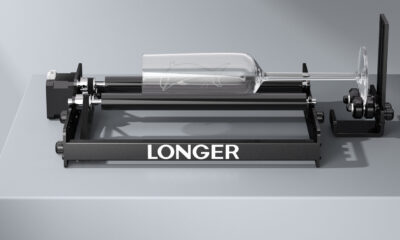Latest News
Future Automotive Industry: 400 Million People Will Share Robotic Cars by 2030
Car sharing is common since app sharing technology was invented. This is happening even when car companies are coming up with self-driving cars, a combination which has the potential to change the car industry.
ABI research current projections approximate that in two decade time, around 400 million people will be using robotic tech and sharing it with family and friends. Google has created a robotic car that a decade ago was stuff of fiction. The Google pod car is not designed with a steering wheel and therefore uses LIDAR, radar technology and external cameras to avoid bumping into anything. This marvel also uses laser to shed light on the immediate surroundings of the car.
According to ABI, robotic car sharing is an example of crowd sourcing and as such fits well with the Millenials’ culture. At present, car sharing economy has three phases. These are street rental, then ride sharing and finally robotic car service. Currently the automotive industry is keen on merging services one and two, with the help of car sharing application software, leaving robotic service as the remaining end of the straw. The main target of this move is to make car services affordable, available and convenient.
Moving forward a few years from now, “driverless” cars will be the ultimate price of the inevitable change taking place in the automotive industry. The supply chain will no doubt be disrupted when the complete launch is done.
Street rental service is already at peak with Zipcar being the dominant car sharing service club. Passengers are able to get an available car at a parking spot, use it then share it to somebody else once they are done with it. Uber on the other hand is tech that supports sharing of a ride amongst a group of people using an app, the company’s major role being provision of private drivers.
Travis Kalanick, Uber’s CEO concurs with the research and predicts an era where self-driving vehicles (driverless) will be picking up customers who request the service and dropping them off at a destination of their choice. That is why this car economy guru is set on buying all the electric cars that Tesla churn out of their factory, with the target for mass production being the year 2020.
The foreseeable effects of this service includes the blurring of the line between private and public transportation, a decrease in car ownership, new paradigms in infotainment, enhancement of social mobility and a general consolidation of the services in the automotive industry. Car sharing is taking root because it makes economic sense in that the cost of requesting transportation is now cheaper than ever.
































